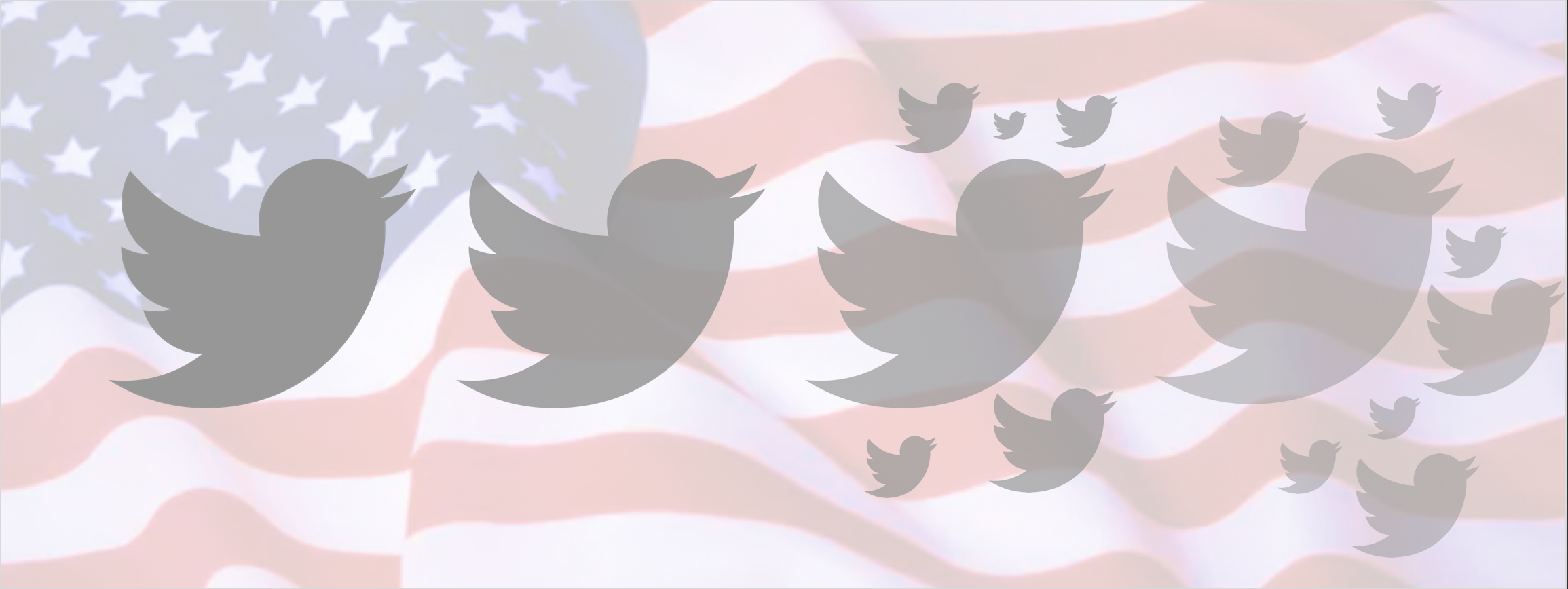Misleading media coverage of Warren’s voting-related disinformation plan
A tweeted headline omitted an essential qualifier, setting off a chain of misinformation
Misleading media coverage of Warren’s voting-related disinformation plan

A tweeted headline omitted an essential qualifier, setting off a chain of misinformation

After presidential candidate and Senator Elizabeth Warren released a proposal to combat digital disinformation, a CNBC tweet misrepresenting her plan went viral online. The ensuing media coverage of both Warren’s plan and CNBC’s tweet demonstrated how quickly misleading or incomplete information can catch on and spread in a polarized environment.
Warren, who has previously railed against disinformation online, published her plan to fight digital disinformation on January 29. One of her specific proposals was the creation of both civil and criminal penalties for spreading disinformation about how to vote in American elections, on the grounds that this particular type of disinformation amounted to voter suppression. A CNBC tweet, however, omitted an important qualifier — that the plan specifically focused on disinformation around voting — which painted Warren’s proposed penalties as more far-reaching than in actuality.
This case makes clear how important a well-crafted headline, and the accompanying promotion, is when presented on a medium — in this instance, Twitter — designed for on-the-spot user engagement, especially when users are not incentivized to read what they are responding to prior to engaging.
The misleading information went viral just ahead of the February 3 Iowa caucuses, the first of the Democratic primary season. The caucus itself was riddled with complications and confusion, which only opened up more space into which misinformation and disinformation could proliferate.
A misleading tweet
The full headline — as seen on the website — of CNBC’s article on Warren’s plan was titled, “Elizabeth Warren proposes criminal penalties for spreading voting disinformation online” (emphasis added). The accompanying tweet from CNBC’s official Twitter account, however, omitted the word “voting.” An article on the regional outlet boston.com stated that the CNBC headline was corrected to include the word “voting,” but the DFRLab was unable to corroborate this independently. The tweet’s omission created the impression that Warren had proposed criminal penalties on disseminating disinformation in general, rather than, in the plan’s own words, on “knowingly disseminating false information about when and how to vote in U.S. elections.”
This distinction is a critical one: while criminalizing disinformation in general would most likely infringe on Americans’ First Amendment right to freedom of speech, the American Civil Liberties Union already interprets “spreading false information about voter requirements” as voter intimidation, which is illegal under federal law. In 2018, some lawmakers previously proposed a bill to criminalize the spread of intentionally false information about voting in American elections.

By February 5, the misleading CNBC tweet had been retweeted roughly 3,100 times and liked 9,800 times. According to social media listening tool CrowdTangle, the tweet reached over 15 million “total followers,” the sum of Twitter followers for all of the matching results. As of February 5, the original tweet remained live.
The article’s banner on Twitter, which popped up when the link was shared on Twitter, featured the same misleading headline.

Some Twitter users, including journalist Glenn Greenwald, replied to the tweet to denounce the overreaches of Warren’s plan. A Fox News article titled “Warren plan would criminalize election-related online disinformation” cited several sources who criticized Warren’s plan on Twitter by replying or linking to the CNBC tweet, including the National Review’s Jeff Blehar and U.S. Senator Rand Paul. The article also linked to an op-ed in the Washington Examiner by Brad Polumbo, who had also replied to the CNBC tweet by labeling the proposal as “the stance of a dictator seeking to squash dissent.” Despite citing the misleading CNBC tweet, the Fox News article was a fair representation of Warren’s proposal.
A column titled “Warren: Hey, We Should Make it a Crime to Post Disinformation Online” in the conservative website Townhall embedded the CNBC tweet in its article. RT, a Russian state owned media outlet, covered the story with the headline “Warren calls for criminalizing online ‘disinformation,’ gets roasted for Orwellian overreach,” furthering the idea that Warren’s plan criminalized the spread of disinformation generally, not just voting-related disinformation. The RT piece also embedded several replies to the CNBC tweet in its piece.
Several commentators and sources, however, including St. John’s Law Professor Kate Klonick, Warren campaign Deputy Policy Director Bharat Ramamurti, and libertarian outlet Reason, pointed out that the CNBC tweet’s characterization of Warren’s plan was misleading.
On Twitter, Klonick remarked that the harm to Warren’s campaign could have been more pronounced at a more sensitive stage in the electoral season: “Imagine if this was happening 12 hours before the caucuses or New Hampshire. Or the general [election]. Imagine the harm to Warren.”
The tangible impact of CNBC’s misleading tweet was difficult to discern, particularly amid valid critiques of her proposal, and it is possible that Warren’s plan would have been misrepresented by her adversaries regardless of the CNBC coverage. But the ensuing discussion of Warren’s plan, and the extent to which that discussion included the CNBC tweet, nonetheless provided a case study in the potential of mainstream media outlets to shift discussions on political issues through the language they choose to frame their reporting, especially when doing so on social media platforms designed for immediate user engagement on headlines.
Follow along on Twitter for more in-depth analysis from our #DigitalSherlocks.

